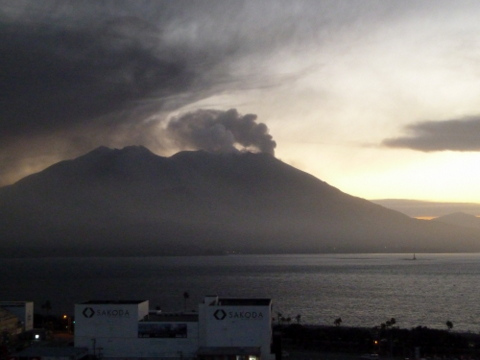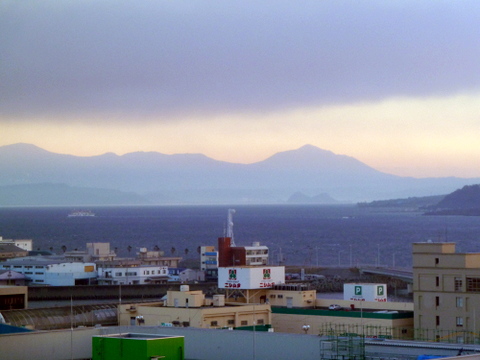
Mary Lou recently represented Tea Trekker on an invitation by the Japanese government to visit tea farms in Kagoshima and Shizuoka Prefectures. She met four incredible tea farmers who individually and collectively produce astonishingly good and meticulously-manufactured organic tea. Known as the Shizuoka Organic Tea Farmers Union of Japan, these tea farmers are located in neighboring regions of Shizuoka Prefecture in southern Japan. The Four Musketeers, as we like to think of them ( all for one and one for all…regarding their organic tea ) are, from left to right:
- Katsumi Saito ( Honyama, Shizuoka-shi, Shizuoka)
- Tadatsugu Tsukamoto ( Yainaba, Fujieda-shi, Shizuoka)
- Shinobu Iwasaki ( Ryougouchi, Shizuoka-shi, Shizuoka)
- Minoru IIzuka ( Sukemune, Fujieda-shi, Shuzuoka)

Each farmer brings at least 20 years experience growing organic tea to the group, and several of their young adult sons are now learning the skills necessary to continue the family businesses. These men produce many different Japanese green teas as well as black tea. They explained to Mary Lou that they are proud of the fact that their teas are Jien-cha, a term that means that their teas have been grown, processed and packed by the tea farmers themselves.
This is an uncommon situation in Japan regarding tea. Most Japanese tea is manufactured in a factory by companies both large and small that do not own their own tea gardens. Instead, the factory’s tea blenders purchase aracha ( stable, semi-processed tea ) from various tea farmers, either privately or at the wholesale tea auctions. The experts at each tea factory blend these different lots of aracha together to arrive at the flavor that their company is known for. These teas are sold under the label of the tea company and the origin of the tea is usually unknown to the consumer.
While it is very unusual for a tea farmer to process his own tea, this is an accomplishment that each of our new-found tea farmers are proud of. This garden-to-market supervision gives them total control over the finished tea, and allows them to put all their years of knowledge about tea cultivation and manufacture into crafting truly delicious, artisan tea.

For the past 20 years the Four Musketeers have been exchanging ideas and pursuing the best course for cultivating organic tea. All are in agreement that this begins with good soil management, which results in healthy soil and the development of strong, healthy tea bush roots. Mr. Tsukamoto conducts yearly soil tests for all members of the union for biology, chemical, and overall composition.
He shared his philosophy with Mary Lou: ‘ good roots make good tea’ and that good roots absorb as much nutrient as is available from the soil. Replenishing this nutrient is the job of the tea farmer. He made her especially understand that just reducing fertilizer does not make good roots. It is the job of the organic farmer to condition the soil and maintain natural soil health. These farmers believe that it is important to use fermented fertilizers, so Mr. Tsukamoto has devised an apothecary of many plant, seaweed, and tofu water extracts.

These beautiful tea gardens are lush and healthy, proving that it certainly does pay to respect the natural ecosystem of the environs of the tea gardens

Healthy tea bushes growing in abundant sunshine

A shade covering in place in Mr. Saito’s tea garden. Mr. Saito will turn the leaf from the tea bushes growing under this covering into his stunning Gyokuro Saito.

Our interest in premium tea and in tea farmers who possess this level of dedication to their craft meshed perfectly with their philosophy, ethics and delicious tea.
After a bit of discussion and tasting tea, it became clear that we were meant for one another. And that we should all work incredibly fast in order to have these teas represented in our store for the holiday season.
This is the first time that these teas have been sold in the US, and we all made it happen in just 20 days. We are thrilled to introduce these teas to our customers. You can be sure that we will be adding many more teas from these tea farmers next year when we visit them during the spring tea harvest.
Please click here to view Tea Trekker’s selection of these exclusive teas
 Gyokuro Saito |
 Sencha Fukamushi Tsukamoto |
 Sencha Three Notes |
















